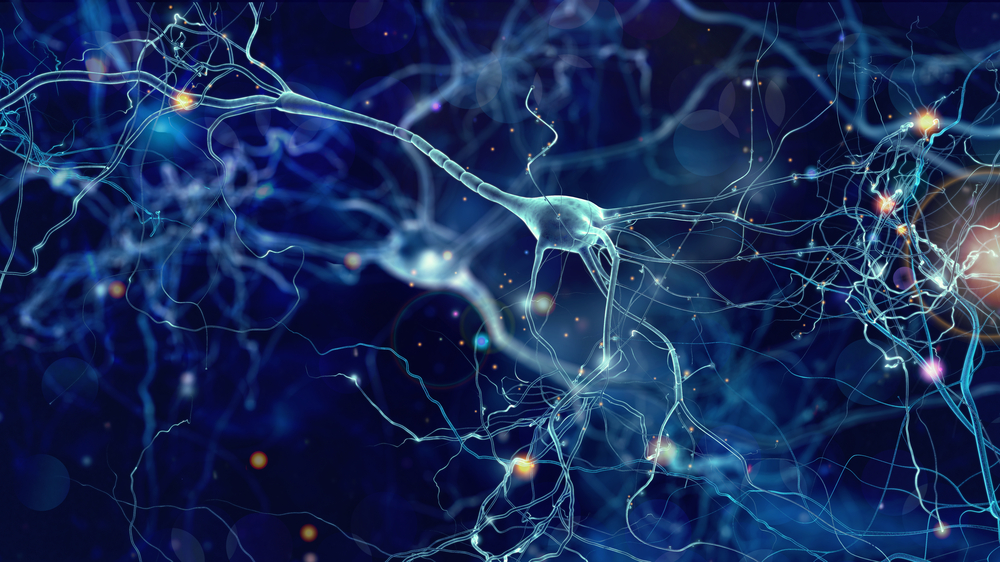Varying Thresholds for Parkinson’s Protein Toxicity Form Basis of New Disease Theory
Written by |

Researchers at two world-renowned institutions have presented a new theory of how Parkinson’s disease (PD) and its symptoms develop— challenging the dominant view that PD emerges as the protein alpha-synuclein spreads from neuron to neuron in an infection-like manner.
In an opinion piece, “The Threshold Theory for Parkinson’s Disease,” the two researchers instead argue that PD accumulation of alpha-synuclein occurs simultaneously in nerves throughout the body, but the various parts of the nervous systems differ in how much toxicity they can tolerate. The article appeared in the journal Trends in Neuroscience.
“Instead of studying how proteins move from one neuron to another and searching for compounds that prevent the ‘spread’ of aggregated alpha-synuclein, we need to study why alpha-synuclein accumulates within neurons and how these neurons die in the disease, and search for compounds that prevent the general neuronal dysfunction,” Simone Engelender, one of the two authors, said in a news release.
Engelender, an associate professor at the Technion-Israel Institute of Technology in Haifa, Israel, wrote the article with her colleague, Ole Isacson, of Harvard Medical School.
The “ascending theory” of PD holds that the accumulation of alpha-synuclein starts in the lower nervous systems of the gut and spreads upward, to the spinal cord, brainstem and finally the cortex of the brain. Studies in mice have shown that alpha-synuclein fibrils can spread between neurons in a similar way to prions.
The appearance of symptoms such as constipation, before any movement problems become apparent, has been used as an argument for the theory. Likewise, cognitive problems often appear in late disease stages. Researchers have also cited studies examining the presence of alpha-synuclein in favor of that theory, showing that so-called Lewy bodies — mainly consisting of clumped alpha-synuclein — appear in lower nerves before they are detected in the brainstem and midbrain.
But Engelender and Isacson argue that numerous studies show findings that don’t align with the theory. For instance, 47 percent of investigated cases do not have an upward progression of Lewy bodies, which often appear in higher nerve centers before they are detected in lower nerves.
Instead, the duo suggests that alpha-synuclein accumulation starts in about the same time in nerve cells throughout the body, but nerve cell systems differ in how much toxicity they can handle.
In their view, the appearance of gut symptoms before movement problems and cognitive decline reflect the lack of neurons that can compensate for the lost cells.
The two researchers argue that the nervous system of the gut has a lower neuronal reserve, and, therefore, symptoms related to nerve cell loss in the gut become obvious sooner. It is well-known that for movement symptoms to appear, about 70 percent of the midbrain dopamine-producing neurons need to be gone, suggesting that this part of the brain has a larger reserve.
Their observations may affect current treatment approaches for PD. One example is the use of so-called vagotomy, which some scientists recommend. The vagus nerve connects the brain with peripheral parts of the nervous system, and some researchers suggest that it may offer a route for spreading alpha-synuclein to reach the brain.
But according to the new theory, the severing of the vagus nerve would be both unnecessary and ineffective or, at least, premature.
“The only specific treatment that is and will continue to be beneficial is the replenishment of dopamine in the brain, through the intake of the supplement L-Dopa, to improve the motor symptoms,” said Engelender. “This has been done for several decades and should be continued to be done since it can at least alleviate the motor symptoms for a few years, even if does not cure and does not prevent the progression of the disease.”
Nevertheless, she added, “I believe that the search for compounds that specifically decrease α-synuclein levels are the only hope to provide a real and more effective treatment for the disease.” More than one million Americans have Parkinson’s.





